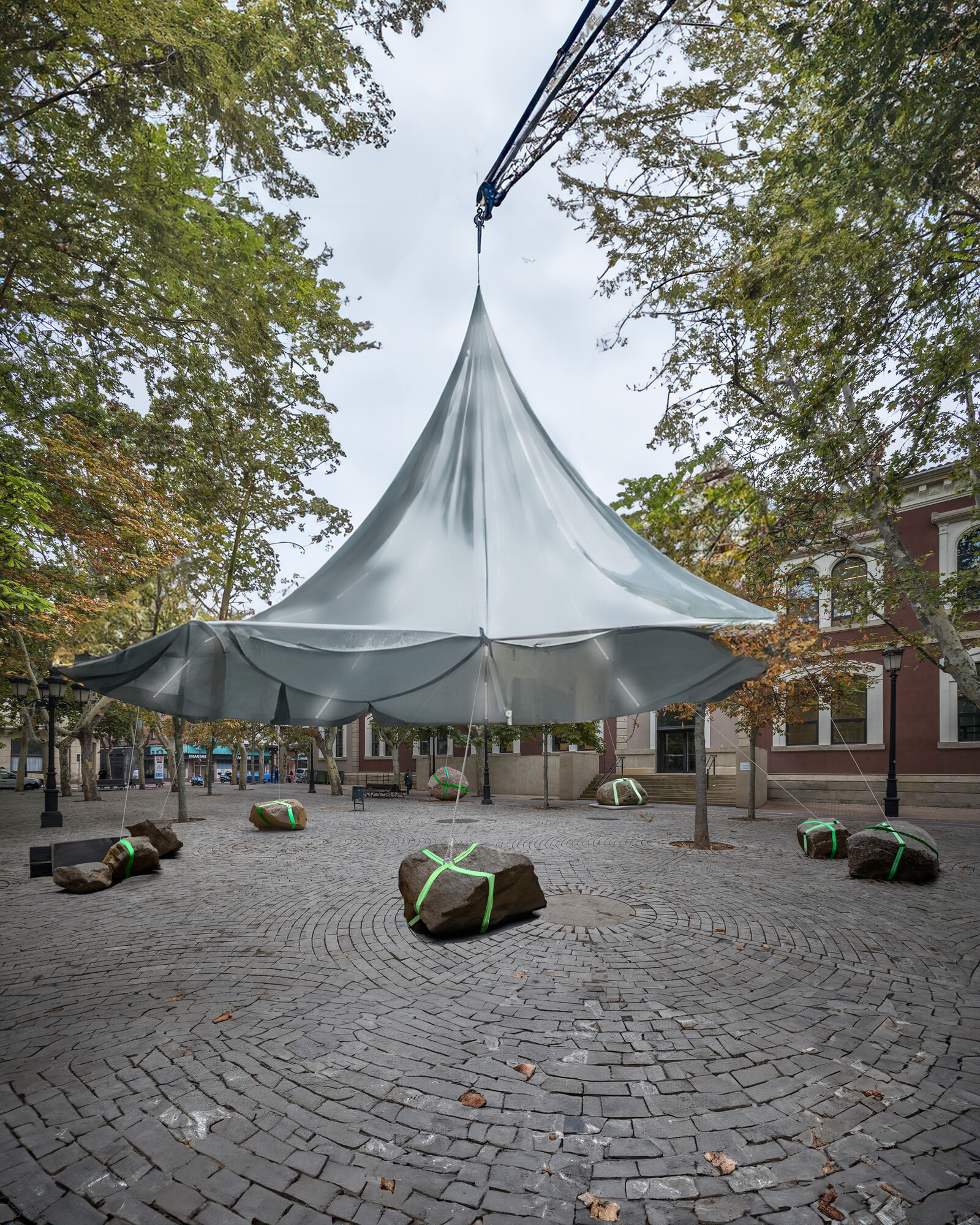International Festival of Architecture and Design
April 25–May 1, 2024
Fundación Cultural de los Arquitectos de La Rioja
Barriocepo, 40
26001 Logroño La Rioja
Spain
info@concentrico.es
From April 25 to May 1, 2024 in the Spanish city of Logroño, Concéntrico celebrates its tenth edition with a great transformation in which we want to visualise the future of cities and share the learning acquired about urban processes incorporating new formats, integrating publics and facing challenges that explore time as a factor of change in urban and social design.
Concéntrico presents an extensive programme with 20 interventions, meetings and activities involving the work of more than 100 professionals from 17 different nationalities. In its development, numerous collectives and entities that promote new collective practices in the public space are integrated from the local sphere: educational centres at different levels or associated social entities that weave a cohesive network with the city. As part of the social component that we have developed in this edition, some proposals have been discussed with several schools to remain in their environments or courtyards once the festival is over, as well as carrying out two special projects with the French designer Matali Crasset and the Spanish artist Maider Lopez, which will be developed in 20 educational centres throughout Spain.
Installations and teams
Since 2015, the festival has carried out more than 120 urban installations, to which we will add the ones we will carry out in 2024: topics such as the renaturalisation of public spaces, an intervention designed with the schools of La Rioja and a new urban kiosk that invites you to celebrate the city during Concéntrico 10. Teams such as Soft Baroque, Willen de Haan, Sara Ricciardi, SYN architects, Corvin Cristian or Muoto are developing proposals that reuse textiles from all the previous editions of Concéntrico, propose a new bench that invites movement or recover the idea of housing under the gaze of an equestrian statue, all in a mixture that leads us to imagine the everyday from the real to the unreal.
Willem de Haan / Public Monument
Sara Ricciardi Studio / Razzle Dazzle
Soft Baroque / Dancing bench
Muoto + Georgi Stanishev / The Wall
Agence Spatiale / Dancing Carwash
Corvin Cristian / Fuente
Outpost Office / Drawing with Robots
Malte Martin / Graphic Garden
KOSMOS / Off-season Pavilion
RaivioBumann / Basic Forms
SYN architects / Seems
Alei Verspoor + Esdir / PackBags
Fred Sancère—Encore Heureux architectes / Citerne Lit
make it rain / make it rain patio
Traffic Design / Walls
Esd Madrid / Take out the chairs
Daryan Knoblauch / Scenius 26003
Javier García / Poplar Assembly
ji arquitectos + Blas Antón / Cuaderno de surcos
JBVA + Eugenio Nuzzo + Anatole Poirier + Alex Roux / Palo de Mayo
The street in ten years
This new programme, launched with Porto Academy, promotes transforming the way cities are built by introducing the time factor into the design strategy. The winning team, Daryan Knoblauch, and the four finalist strategies of BEAR, Matilde Cassani, DF_DC, and salazarsequeromedina, had to come up with projects that answer the question “What could a street look like if it were transformed with a ten-year strategy for action?”
The winning proposal Scenius 26003, Learning from the Streets of Logroño, by Daryan Knoblauch is a critic towards conventional city planning. It uses the ten-year time frame to learn from the street of Logroño in order to strengthen and nurture what already can be found onsite. By studying, evaluating, and analysing the street through conversations with locals, experts, and cultural producers, Scenius 26003 proposes an open process that is both iterative and incomplete by design. The proposal stands in opposition to the omnipresent primarkisation of current city planning offering the same solution: e-everything + greenwashing + street food = good future. It stands in favor of giving a voice to a young team channeling contemporary movements into experiments that nurture an open-source platform striving for deep-rooted mechanisms of care, change, and diversity.

















